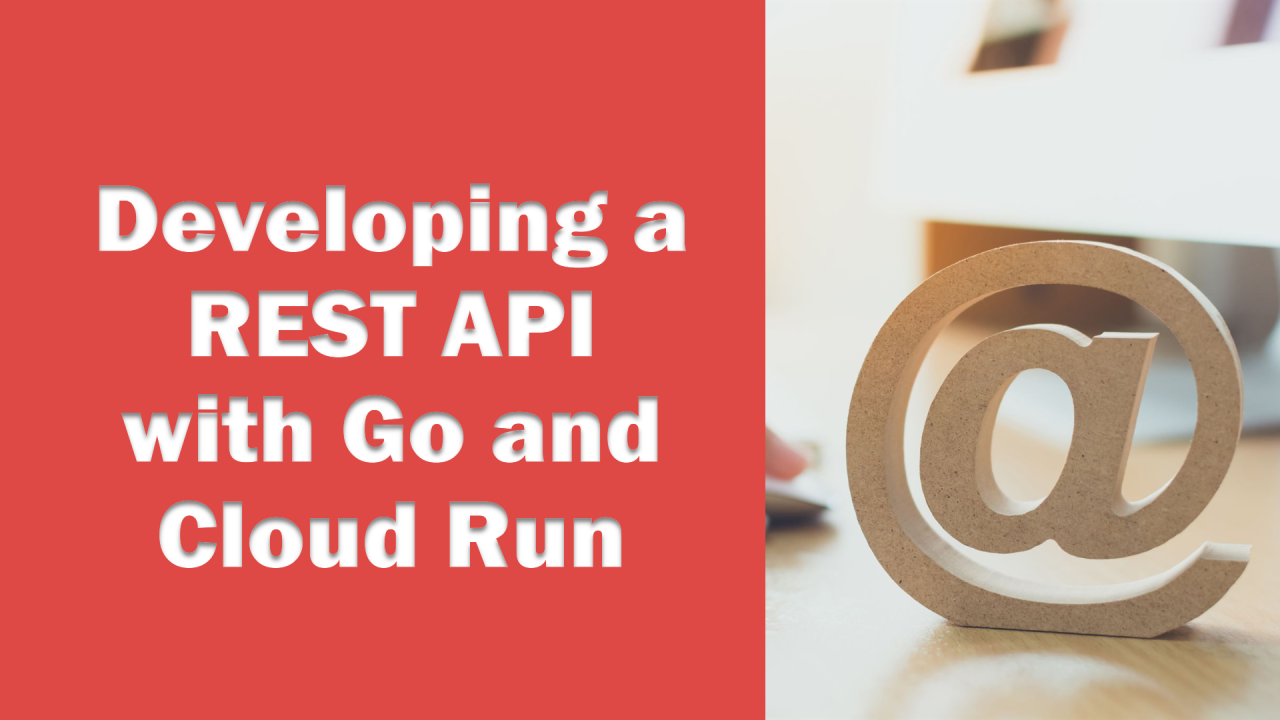
Developing a REST API with Go and Cloud Run
Ketan Raval
Chief Technology Officer (CTO) Teleview Electronics | Expert in Software & Systems Design & RPA | Business Intelligence | AI | Reverse Engineering | IOT | Ex. S.P.P.W.D Trainer
Developing a REST API with Go and Cloud Run
Learn how to develop a REST API using Go and deploy it on Google Cloud Run.
Explore the benefits of using Go for building web applications and APIs, as well as the advantages of using Cloud Run for serverless deployment.
Follow the steps outlined in this post to easily build and deploy your own REST API on Google Cloud Run.
Developing a REST API with Go and Cloud Run
As technology continues to evolve, developers are constantly exploring new ways to build and deploy applications.
One popular approach is the use of cloud services, which provide scalable and flexible infrastructure for hosting applications.
In this article, we will explore how to develop a REST API using Go and deploy it on Google Cloud Run.
Why Go and Cloud Run?
Go, also known as Golang, is a powerful programming language developed by Google.
It is known for its simplicity, efficiency, and strong support for concurrency.
Go is a great choice for building web applications and APIs due to its fast execution speed and low memory footprint.
Cloud Run, on the other hand, is a fully managed serverless platform provided by Google Cloud.
It allows you to run stateless containers that automatically scale up or down based on incoming requests.
Cloud Run eliminates the need to manage infrastructure and provides a cost-effective solution for running your applications.
Setting Up the Development Environment
Before we start building our REST API, we need to set up our development environment. Here are the steps:
Building the REST API
Now that our development environment is set up, let's start building our REST API using Go. Here are the steps:
mkdir my-rest-api
cd my-rest-api
go mod init github.com/your-username/my-rest-api
领英推荐
Here's an example of how the main.go file might look like:
package main
import (
"fmt"
"log"
"net/http"
)
func main() {
http.HandleFunc("/", helloWorld)
log.Fatal(http.ListenAndServe(":8080", nil))
}
func helloWorld(w http.ResponseWriter, r *http.Request) {
fmt.Fprintf(w, "Hello, World!")
}
In the above code, we define a simple HTTP handler function named helloWorld, which writes "Hello, World!" as the response.
We then register this handler function with the default HTTP server and start the server on port 8080.
Deploying the REST API on Cloud Run
Now that our REST API is ready, let's deploy it on Cloud Run. Here are the steps:
docker build -t gcr.io/your-project-id/my-rest-api .
docker push gcr.io/your-project-id/my-rest-api
gcloud run deploy --image gcr.io/your-project-id/my-rest-api --platform managed
Replace "your-project-id" with your actual project ID.
Conclusion
In this blog post, we learned how to develop a REST API using Go and deploy it on Google Cloud Run.
We explored the benefits of using Go for building web applications and APIs, as well as the advantages of using Cloud Run for serverless deployment.
By following the steps outlined in this post, you can easily build and deploy your own REST API on Google Cloud Run.
Remember to clean up your resources after you are done experimenting with Cloud Run to avoid unnecessary charges.
You can delete the Cloud Run service and the associated container image from Google Container Registry.
Happy coding!
================================================
For more IT Knowledge, visit https://itexamtools.com/
check Our IT blog - https://itexamsusa.blogspot.com/
check Our Medium IT articles - https://itcertifications.medium.com/
Join Our Facebook IT group - https://www.facebook.com/groups/itexamtools
check IT stuff on Pinterest - https://in.pinterest.com/itexamtools/
find Our IT stuff on twitter - https://twitter.com/texam_i